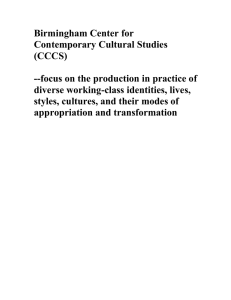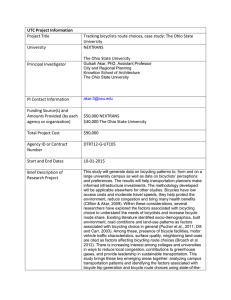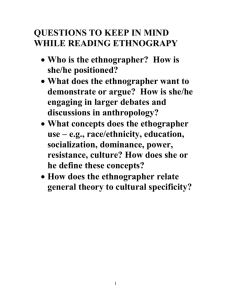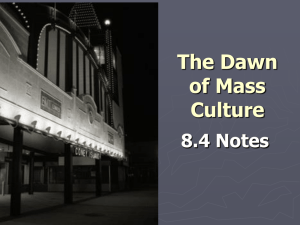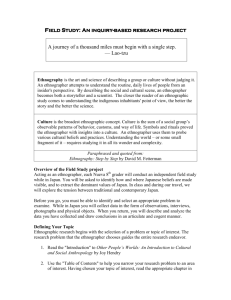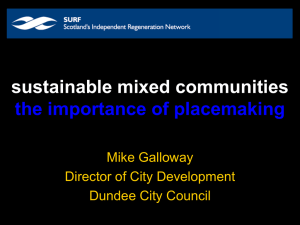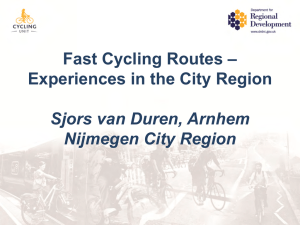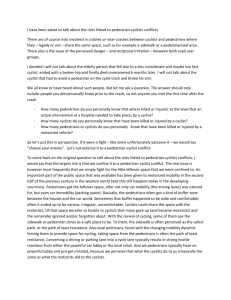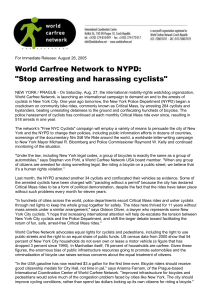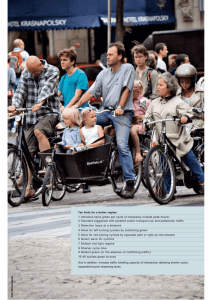Anthropologists have long championed the
advertisement
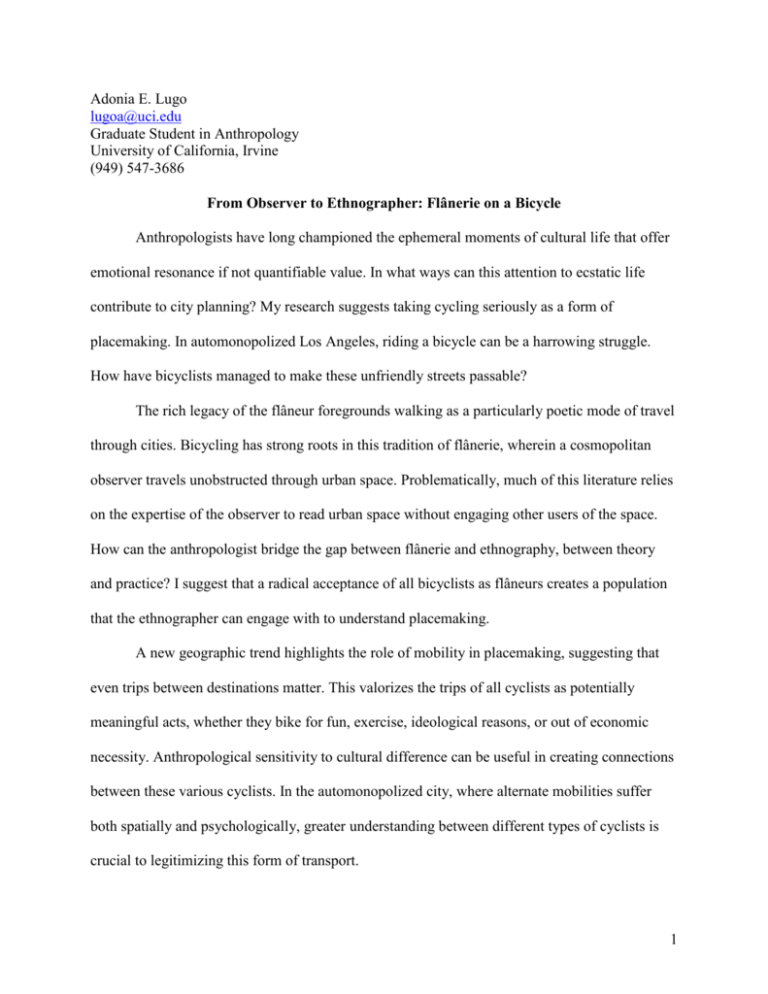
Adonia E. Lugo lugoa@uci.edu Graduate Student in Anthropology University of California, Irvine (949) 547-3686 From Observer to Ethnographer: Flânerie on a Bicycle Anthropologists have long championed the ephemeral moments of cultural life that offer emotional resonance if not quantifiable value. In what ways can this attention to ecstatic life contribute to city planning? My research suggests taking cycling seriously as a form of placemaking. In automonopolized Los Angeles, riding a bicycle can be a harrowing struggle. How have bicyclists managed to make these unfriendly streets passable? The rich legacy of the flâneur foregrounds walking as a particularly poetic mode of travel through cities. Bicycling has strong roots in this tradition of flânerie, wherein a cosmopolitan observer travels unobstructed through urban space. Problematically, much of this literature relies on the expertise of the observer to read urban space without engaging other users of the space. How can the anthropologist bridge the gap between flânerie and ethnography, between theory and practice? I suggest that a radical acceptance of all bicyclists as flâneurs creates a population that the ethnographer can engage with to understand placemaking. A new geographic trend highlights the role of mobility in placemaking, suggesting that even trips between destinations matter. This valorizes the trips of all cyclists as potentially meaningful acts, whether they bike for fun, exercise, ideological reasons, or out of economic necessity. Anthropological sensitivity to cultural difference can be useful in creating connections between these various cyclists. In the automonopolized city, where alternate mobilities suffer both spatially and psychologically, greater understanding between different types of cyclists is crucial to legitimizing this form of transport. 1 In riding a bicycle with different types of cyclists, the bicycling ethnographer can gain access to different conceptions of urban space. I hope to create meaningful representations of an alternate view of Los Angeles. This other city, where it is possible to live car-free, can offer important details to urban planning processes that increasingly get opened to community input. 2
